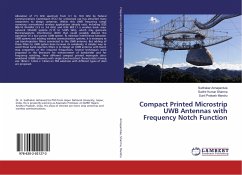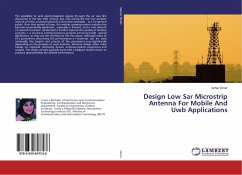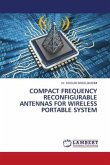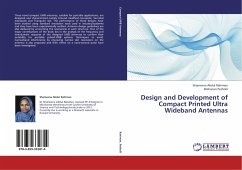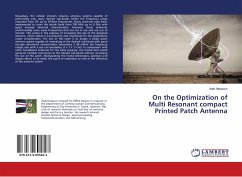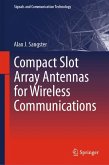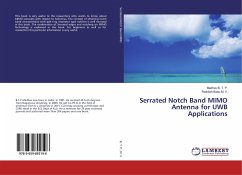Allocation of 7.5 GHz spectrum from 3.1 to 10.6 GHz by Federal Communications Commission (FCC) for unlicensed use has attracted many researchers to design antennas. Within this UWB frequency range numerous narrowband wireless applications already exist, including IEEE 806.16 Wi-MAX (3.3 to 3.6 GHz) and IEEE 802.11 a wireless local- area-network (WLAN) systems (5.15 to 5.825 GHz), which may generate Electromagnetic Interference (EMI) that could possibly distract the operation of a low power UWB system. To minimize interference between UWB systems and existing wireless communication systems, it is necessary to use band-rejection filters connected to the UWB antenna. But adding of these filters to UWB system does increase its complexity. A simpler way to avoid these band-rejection filters is to design an UWB antenna with band-stop properties at the required frequencies. Several techniques were proposed in the literature for enhancement of bandwidth and for frequency notching. Here different compact printed monopole ultra-wideband (UWB) antennas with single band-notched characteristics having size 18mm× 12mm x 1.6mm on FR4 substrate with different types of slots are proposed.
Bitte wählen Sie Ihr Anliegen aus.
Rechnungen
Retourenschein anfordern
Bestellstatus
Storno

